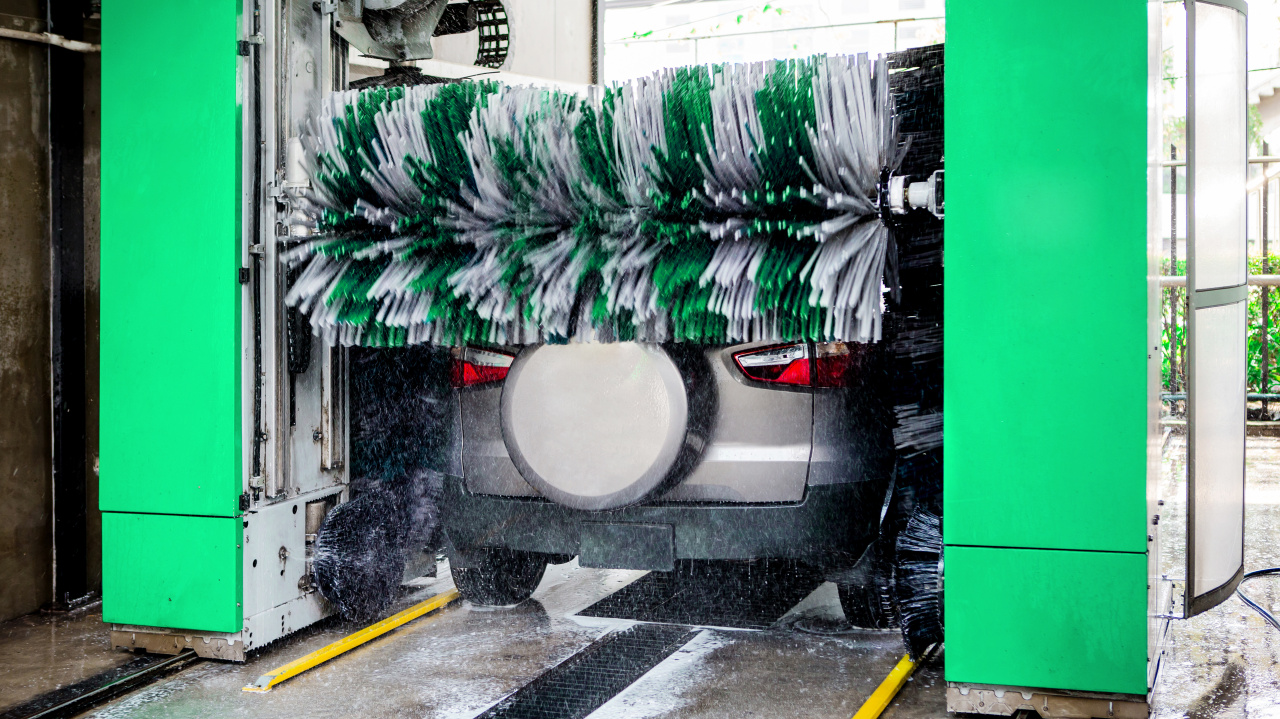In the rapidly changing world of finance for manufacturing, the idea of Pay-per-Use Equipment Finance is emerging as an innovative force that is changing traditional models and providing unprecedented business flexibility. Linxfour is on the cutting edge, leveraging Industrial IoT, to bring an entirely new era of financing, which benefits both manufacturers and equipment operators. We look at the complexities of Pay Per Utilization financing and its effect on sales in difficult conditions.
Pay-per-Use Financing: The Power of It
Pay-per-use financing is fundamentally an innovation for manufacturers. Companies no longer pay fixed amounts, but instead pay according to how the equipment is actually used. Linxfour’s Industrial IoT Integration ensures accurate tracking, transparency, and removes any hidden charges or penalties if the equipment is not in use. This unique approach enhances flexibility in managing cash flow which is particularly important during times of fluctuating customer demand and low revenue.
The impact on sales and business conditions
The overwhelming agreement among equipment makers is testimony to the benefits of Pay per Use financing. A staggering 94% believe that this method can improve sales, even in tough economic times. The ability to directly link costs to equipment usage does not just attract companies that want to maximize their expenditure, but also creates a enticing scenario for manufacturers who can provide more attractive finance options to their customers.
Accounting Transformation: From CAPEX to OPEX
Accounting is the main difference between traditional leases as well as Pay-per Use financing. Businesses undergo a radical transformation when they switch from capital expenses (CAPEX) in order to operate costs (OPEX) with Pay per Use. This shift has a major impact on the financial reporting. It gives an improved picture of the costs that are associated with revenue.
Unlocking Off-Balance Sheet Treatment under IFRS16
Pay-per-Use financing provides the advantage of traditional financing in that it allows for an off-balance sheet treatment. This is a key factor in the International Financial Reporting Standard 16(IFRS16). By transforming equipment financing costs, businesses can keep these liabilities off the balance sheet. This is not just a way to reduce financial risk, it also reduces the hurdles to investing. This is an extremely attractive proposition for businesses looking for a flexible financial structure. Click here IFRS16
Intensifying KPIs and TCO In the Event of Under-Use
In addition to the off balance sheet treatment, the Pay-per-Use model contributes to enhancing key performance indicators (KPIs) like free cash flow as well as the Total Cost of Ownership (TCO) particularly in the event of under-utilization. Lease models founded on traditional techniques can create problems when equipment is not utilized according to the plan. Pay-per-Use lets businesses not pay fixed amounts for assets that are not being utilized. This can improve their overall performance as well as financial performance.
Manufacturing Finance to come in the near future
Innovative financing options like Pay-per-Use help businesses navigate the complexity of an economy that is rapidly evolving. They also pave the way for a new economy that is more flexible and resilient. Linxfour’s Industrial Internet of Things-driven approach not only benefits the bottom line for equipment owners and manufacturers but also aligns with the larger trend of businesses looking for affordable and flexible solutions to finance.
Conclusion: The integration of Pay-per-Use financing with the accounting transition from CAPEX into OPEX, and the off-balance sheet treatment under IFRS16 marks an important shift in the world of manufacturing finance. As companies strive to achieve effectiveness, financial agility and higher KPIs, the adoption of this new financing method is a crucial step in staying ahead of the curve with the ever-changing manufacturing landscape.

